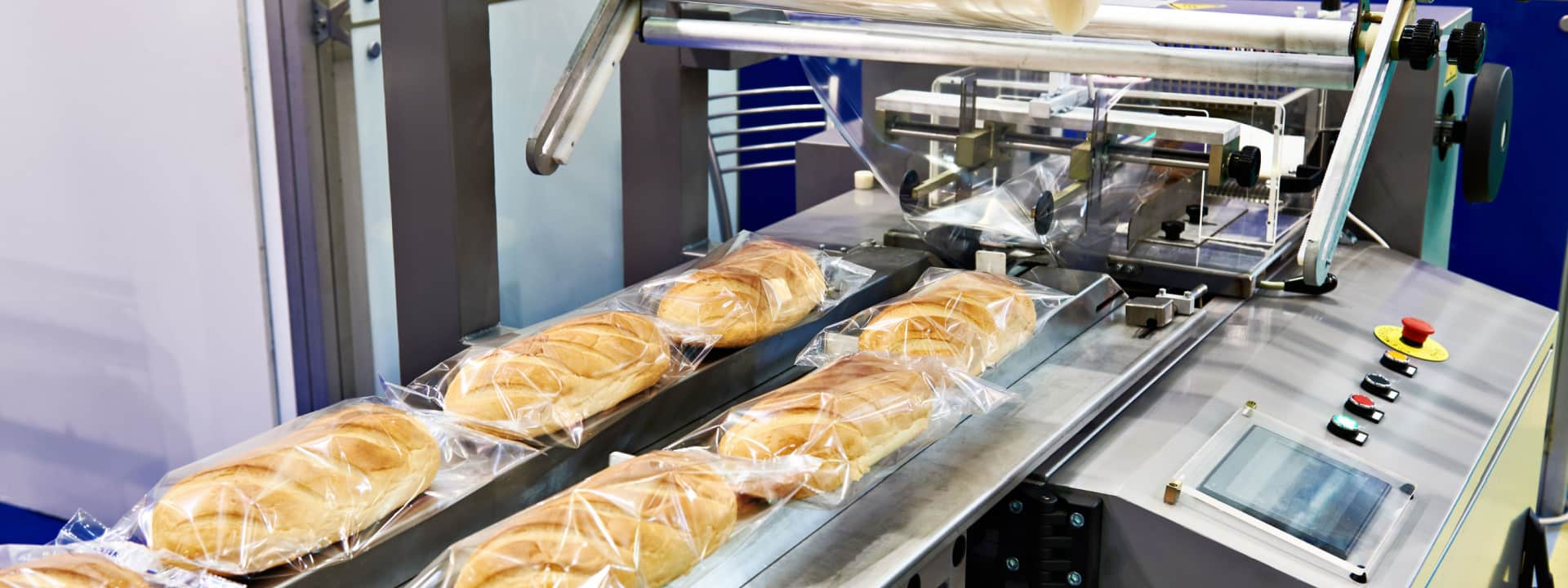
In today’s modern, hectic world, efficient warehouse inventory management is no longer simply a matter of placing stock where it can be easily found. Warehouse operators should also look at ways to increase productivity and take more accurate stock counts – all the while saving as much time and money as possible.
Sound an impossible ask? It can be difficult, but with the right processing and equipment in place, it’s doable. In this article, we’re going to take a look at four ways to manage your warehouse stock and inventory, and how to make this a reality.
Warehouse inventory management is no longer simply a matter of placing stock where it can be easily found
1. Labels are everything
Labelling your stock for better warehouse organisation? That’s hardly groundbreaking advice, but even in the modern age, it’s guidance you should follow. With clear labelling across your establishment, it’ll be notably easier for your employees to make their way around and find the products they’re looking for.
Have you heard of agile labelling? It’s an idea that can really help take your labelling game to the next level. Let’s say, for example, that you have a clunky, old printer sitting in an offsite office that you use for all your printing needs. It can be a real grind walking to and from that printer (and, likely PC terminal) to get your labels, but what other option do you have? Well, portable wireless printers, for one.
With such devices, you can rapidly and reliably print labels wherever you are in the warehouse, via Wi-Fi, Bluetooth®, AirPrint®, and MFi. No longer will you have to trudge back to your old printer to collect your label – you can print it off right there and then.
In the modern warehouse, inventory tags and barcodes are what sets the facility up for efficiency, but getting these wrong will set you up for a fall. With portable printing solutions, your staff are much less likely to make errors, as these tags can be attached immediately – no mixing them up on the way back from the office!
2. Invest in warehouse management software
Spreadsheets have faithfully served the organised folk among us for decades now – they were invented by Dan Bricklin in 1978 – but, even though they remain the app of choice for finance professionals, there’s no need to rely on them when organising your warehouse stock and inventory. Sure, they’re useful enough if you’re only running a small operation, but as soon as your business starts to expand, you’ll quickly realise that spreadsheets can become pretty unwieldy.
There’s no need to rely on spreadsheets when organising your warehouse stock and inventory
So what’s the solution? Warehouse management software. Purpose-designed applications can help give you unprecedented control over your inventory, assisting you in organising stock, letting you know when products are running low, and what your hottest sellers are. With the right warehouse management software, you can use barcode scanners and labels to help find exactly what you need at any given time.
Indeed, good warehouse management software will use stock keeping units (SKU). An SKU is a number assigned to a product that, once scanned, will reveal its price, manufacturer and other statistics. The product can also be tracked along its journey, so you can quickly and easily find out if it’s available, where it is, and how many remain in stock.
3. Organisation is the key
This might seem the most obvious point of all, but there’s far more to having an organised warehouse than simply ensuring your stock is where it should be (though of course, that is pretty important!). You must remember that this will also help productivity, as well as saving time, money and increasing accuracy across the board.
The first thing to take a look at when organising your warehouse is the floor plan. What you’re looking for here is maximum efficiency, and it’s important to consider that your floor plan should be a living document – that is, editable in line with changing demand requirements.
Let’s take a look at just one example. During the summer, swimwear and beach games may be your biggest sellers, so it makes sense to keep stocks of such products as close to the dispatch area as possible. In the winter, it’s likely that demand for these items will tail off, so you can move them to another area of your warehouse, making way for the hotter property of the season.

It’s vital that you regularly review your warehouse’s floor plan. If not, you run a serious risk of it becoming disorganised, near-impossible to navigate, with efficiency falling to a snail’s pace. That’s not good for any facility looking to scale, so it’s imperative that you’re proactive and deal with issues as soon as they emerge. Here are some quick and easy tips from Unleashed Software to help you on your way to an organised floor plan:
- Put your biggest-selling SKUs on shelves between waist and shoulder height – this is the optimal position for quick retrieval
- It’s important that there’s enough room for incoming goods, because inventory errors on new stock are much more likely in a cluttered, unorganised workspace
- Use labels and simple signage so that your employees can easily navigate their way about the warehouse
4. Automate as much as you can
Some 375 million roles currently carried out by humans will be fully automated in just over a decade (2030) according to a report by McKinsey Global Institute. That’s an enormous number and automating your warehouse will undoubtedly place the facility in good stead when it comes to managing stock and inventory. How? Here are a few ideas.
Robotic scanners will rarely make mistakes, never become fatigued, never require a break, or to be paid
Robotic scanners
The aforementioned barcodes will likely have a place in the automated warehouse of the future. However, robotic scanners can take the place of human ones – and these will rarely make mistakes, never become fatigued, never require a break, and never need to be paid.
Transport
Forklifts have long been a staple of warehouses up and down the country, tirelessly hoisting crates, transporting them from one side of the facility to the other, and carefully putting them down. However, the one constant here is that forklifts almost always need a human driver to, well, drive them. Again, these humans require breaks, sick leave, a salary and they get tired – everything a machine doesn’t.
Enter automatically guided vehicles (AGVS). These beauties are totally automated, and don’t require a driver. Instead, they’re programmed to traverse around predetermined paths, collecting items, unloading pallets and doing everything a manned forklift can – but without the associated labour costs and potential for mistakes.

Automating your inventory
We’ve already talked about investing in warehouse management software to assist you in organising the place, but it’s worth delving into that a little deeper just one more time. It can be difficult to let go of tried-and-trusted methods, of course – old habits die hard, after all. However, if you don’t want your warehouse to be left behind in the face of automation, warehouse management software is the way to go.
How Brother can help
Organising your warehouse’s stock and inventory needn’t be a task of drudgery. With the aid of Brother’s solutions, your facility will be a finely functioning, efficient machine for years to come. Be sure to get in touch with the team at Brother today to find out what we can do for you.





